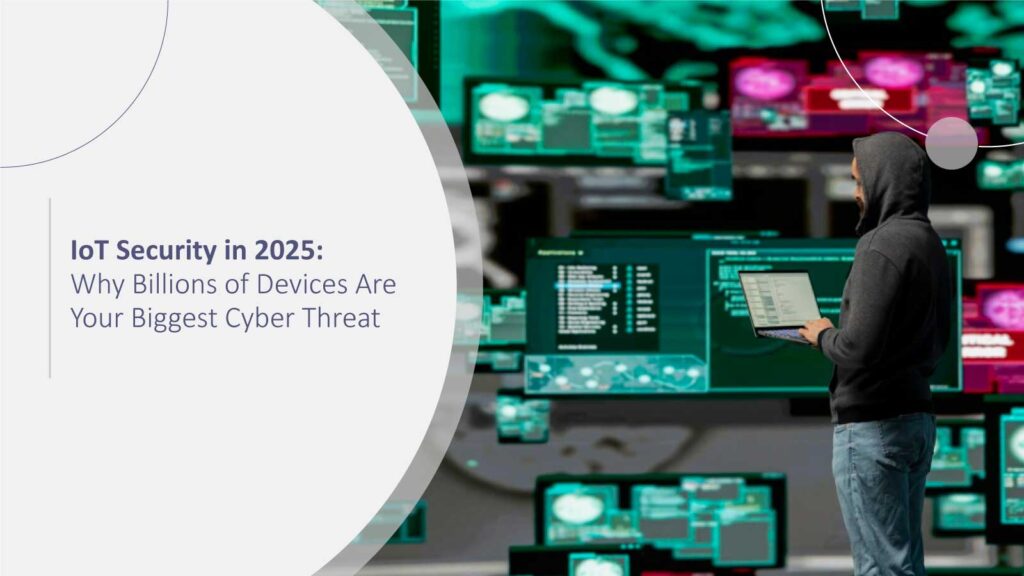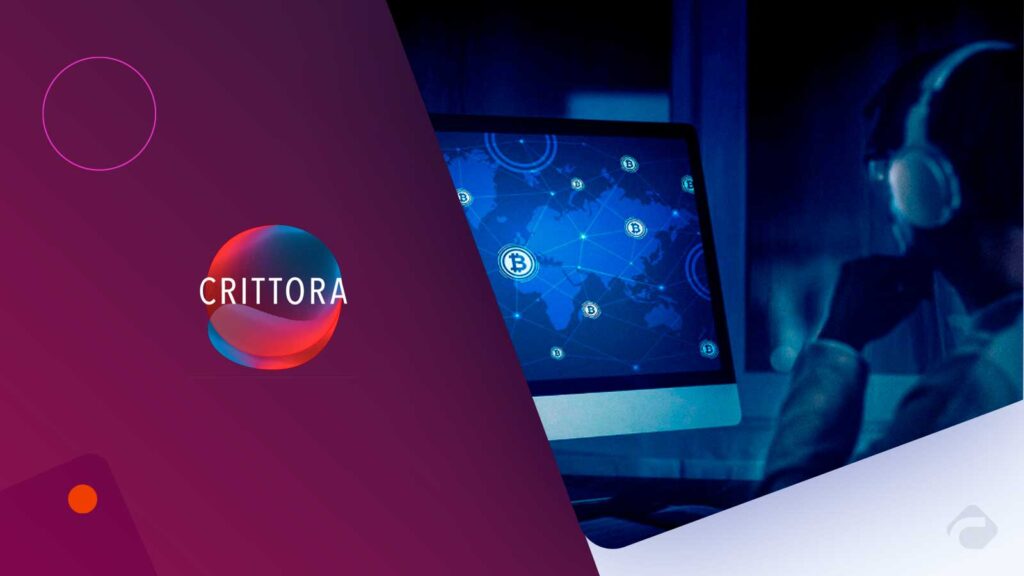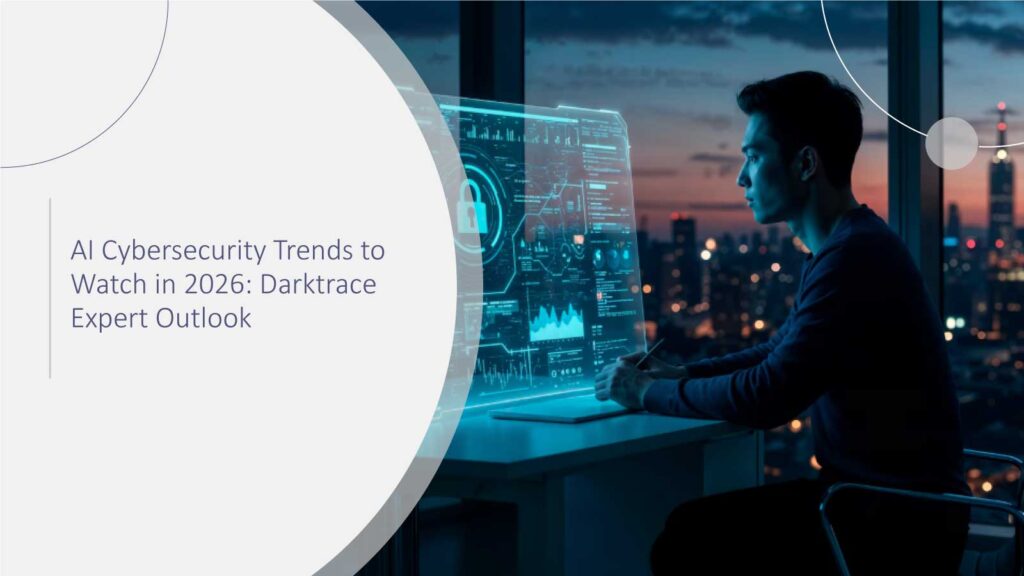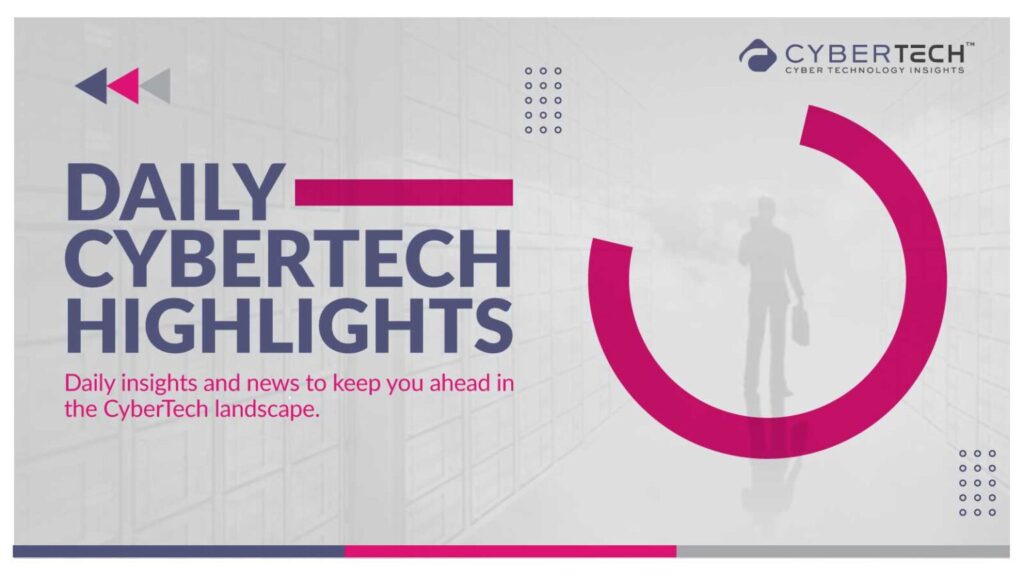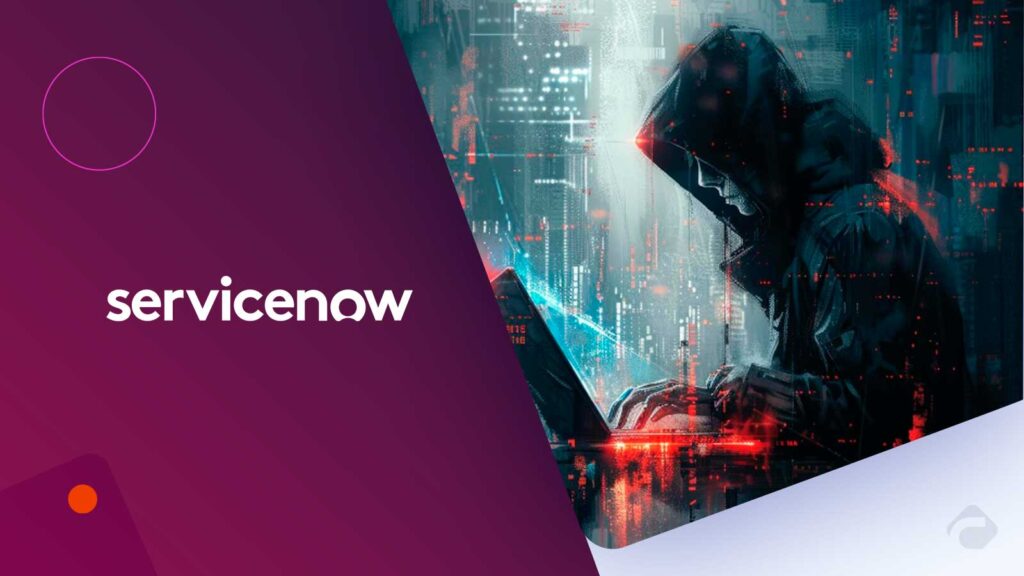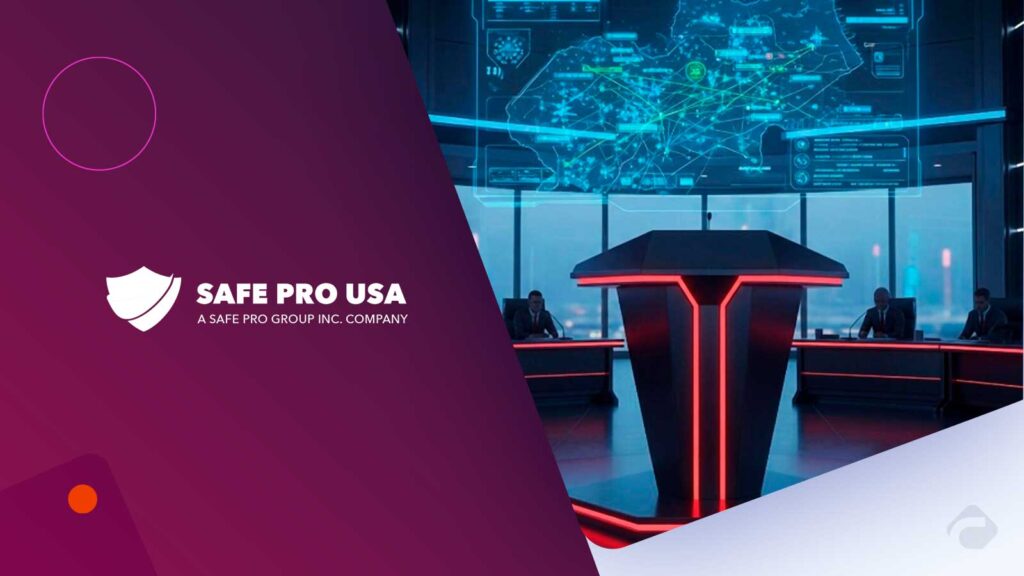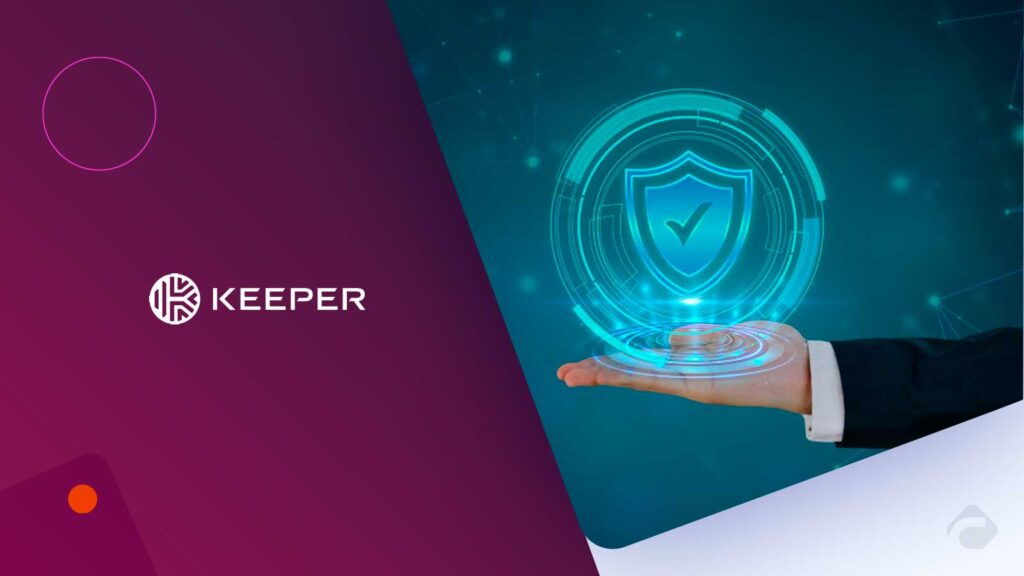Imagine waking up in 2025, with coffee made via your Wi-Fi-enabled machine. You ask Alexa for the news and check your smartwatch for sleep data. In these first 15 minutes, you have already interacted with not less than five Internet of Things (IoT) devices. Now, take that and multiply it by the billions of connected devices all over the globe. Every smart fridge, medical sensor, connected car, and industrial robot is a part of a vast digital web. But here is the issue: every connection is also an access point for the attackers.
The expectation from IoT was, and has always been, efficiency and convenience. However, the situation with IoT? Security of IoT has become a major concern that receives a lot of attention from businesses, governments, and even households. It is predicted that more than 27 billion IoT devices will be connected to the internet by 2025 (Statista). The attack surface has gone so far from what most security leaders can comfortably track with the boom.
What makes IoT devices be counted among the largest cyber threats in 2025? What are the roles of CISOs, CIOs, and security engineers? Let’s analyze.
According to Gartner, more than 25% of all enterprise attacks in 2025 will involve IoT devices as the initial access point.
IDC predicts that by 2026, 55% of enterprise data will be generated by IoT and edge devices, intensifying the urgency of security convergence.
What is not there? An all-in engineering point of view on IoT security where Continuous Threat Exposure Management (CTEM), Zero-Trust framework, and AI-powered detection come together. This is the take we are going to use here.
McKinsey research estimates the economic impact of IoT could reach up to $12.6 trillion annually by 2030, but also warns that security gaps could erode trust and adoption.
What Is IoT Security?
IoT security denotes the protective measures, resources, and organizational structures that securely hold devices of the Internet of Things, as well as the networks to which the devices are connected. The range of IoT has gone beyond traditional IT and now it comprises consumer gadgets, industrial control systems, medical devices, and smart infrastructure, all of which keep sending data, and this data is quite sensitive in most cases.
The basic building blocks of the secure IoT system are device authentication, encrypted communications, vulnerability management, and continuous monitoring. The task is to prevent any unauthorized access, data breaches, and the leveraging of IoT endpoints for hijacking. IoT security by 2025 will not be an option but a pivotal layer of enterprise cyber resilience and digital trust.
The IoT Threat Surface in 2025
When was the last time you updated your smart light bulb? Exactly. Most IoT devices are designed to be low-maintenance. They usually don’t have regular patching, or even encryption or basic authentication. To hackers, this is like there being several million unlatched back doors in the digital neighborhood.
Key factors explaining why IoT is the biggest cyber threat:
- Sheer Scale: Internet-connected appliances have reached numbers running into billions, and, hence, the traditional security monitoring has run out of ways to keep up with it.
Gartner forecasts that IoT endpoints will grow by 18% in 2025, with consumer devices accounting for over 60% of the total.
- Device Diversity: Consumer gadgets are very different from industrial OT systems in terms of architecture and security maturity, and in that sense, IoT devices vary widely.
- Default Configurations: Almost everyone has weak or unchanged factory passwords, botnet operators’ favorite target customers, is one of their products.
- Long Lifecycles: Some industrial IoT devices are still in use since the time when the vendors providing updates have long stopped, and it’s been decades.
It is not only that IoT devices get hacked individually. They are also a step to the next one smart thermostat compromised – corporate network breached.
Continuous Threat Exposure Management (CTEM) for IoT
CTEM (Continuous Threat Exposure Management) is the idea that, in case it is not possible to defend everything, one should always look at what is the most exposed and exploitable. In the year 2025, for IoT security, CTEM brings:
- Prioritization: Discovering which IoT devices are the riskiest sources of the most critical and exposed kinds of data.
- Attack Path Simulation: Visualizing how an intruder takes over a compromised IoT sensor and then progresses into core enterprise systems.
- Automated Validation: Keeping on testing the security measures so that the devices and networks do not get vulnerable.
Gartner predicts that by 2026, organizations adopting CTEM will reduce security incidents by two-thirds compared to those using traditional vulnerability management.
One must picture CTEM as a real-time GPS for IoT risk; it doesn’t make the roads disappear; instead, it gives you an idea of where traffic jams (or ambushes) are going to occur.
Zero-Trust Architecture and IoT
“Never trust, always verify” is not merely a catchyphraset is really the main thing for IoT. The enormous security problem that the IoT paradigm brings, however, could be handled by the introduction of Zero-Trust Architecture (ZTA) principles.
Microsegmentation: It is not just about physically separated networks but also technologies that keep IoT devices in different network zones. Suppose that the hacked coffee machine will never “talk” to your ERP system.
Identity-Based Access: Every device, regardless of its size, has to have an identity that can undoubtedly be verified.
Policy-Driven Controls: Access is dynamically adjusted based on the current situation, actions, and risk.
IoT networks without Zero-Trust are quite similar to open office floor plans, convenient but highly vulnerable.
Extended Detection and Response (XDR) Meets IoT
Worldwide telemetry from IoT endpoints is off the charts. However, data without context is simply noise. Thus, XDR (Extended Detection and Response) platforms are becoming more and more indispensable since they:
- Ingest IoT Signals: XDR grabs the logs from all sorts of smart devices, cameras, vehicles, wearables, you name it, and bundles them up into one dashboard for easy monitoring.
- Correlate Threats: Drawing a link between IoT anomalies and broader network activity to uncover that an attack is not isolated but coordinated.
- Automate Responses: For example, if a compromised IoT device is forcefully quarantined, then it is stopped from becoming a pivot point.
Simply put, XDR makes the IoT environment less complicated for security teams to handle.
AI and ML-Powered Threat Defense
Over the years, the number of devices has skyrocketed to billions, and the only way for human analysts to keep pace is with the help of artificial intelligence. At the present moment, AI and ML set the standard of front-line defenders in the following ways:
- Anomaly Detection: Correctly flagging unusual device behaviors, for instance, that a smart lock that was silent for a long time suddenly starts sending traffic to an unknown IP.
- Predictive Defense: By going through the history of the IoT attack vectors, the system can predict the upcoming attacks.
- Adaptive Security: Whenever a new IoT vulnerability has been discovered, the system instantly reconfigures to keep the affected devices secure.
Though it should be mentioned that as AI is being used by defenders, it is also being used by attackers to efficiently locate IoT vulnerabilities, and thereby, this chess match goes on.
Cloud Security Resilience and IoT
Most IoT devices gather data and send it to the cloud. So, cloud security is the first line of defense against IoT attacks:
- Encrypted Pipelines: Confirming that communication from IoT to cloud is fully encrypted.
- Shared Responsibility: Organizations must take efforts to find out what security measures have been put by the cloud service provider and what remain their own responsibility.
- Policy Automation: IoT-cloud security measures are standardized by IaC (Infrastructure as Code) and policy engines.
The cloud is the nervous system of IoT. Securing it means securing the brain behind the billions of connected “limbs.”
Security Convergence & Automation Frameworks
Siloed tools failed to satisfy the present security requirements. The security convergence frameworks are combining IoT, IT, and OT security into a uniform framework.
Automation is one of the main features that plays a central role:
- Automated Patching: The process of updating IoT fleets without any human interaction.
- Policy-Driven Automation: As security concerns increase with the changing behavior of IoT devices, such as relocating, scaling, or retiring, security is adjusted accordingly.
- Unified Visibility: It is the unification of IT and OT dashboards that helps CISOs and engineers to have a synchronized view.
Without such a convergence, handling the volume of IoT that is expected for 2025 would be impossible.
Conclusion
Actually, IoT is not a side topic in cybersecurity anymore, but the main stage with billions of devices connected to the internet by 2025. Thus, the question is not whether IoT devices will be attacked but how quickly organizations can detect, isolate, and react.
The only way to get there is with more than device-level fixes. It calls for frameworks driven by engineering, such as CTEM, Zero-Trust, XDR, AI-powered defenses, and automation, which are designed to shrink the attack surface when they work together.
The signal for CIOs, CISOs, and security professionals is quite obvious: treat every IoT device as both a friend and a foe. The organizations that survive will be those that make a transition from reactive firefighting to proactive resilience.
Kindly review the recent reports and analysis of Cyber Technology Insights for more comprehensive IoT security trend insights.
FAQs
1. Why are IoT devices considered high-risk in cybersecurity?
The main reasons for such categorization are their massive numbers, diversity, and weak security control implementation. Even a great number of them still rely on using default passwords or outdated firmware.
2. How does Zero-Trust improve IoT security?
Zero-Trust makes sure that every single IoT device is authenticated before being granted access, and it also isolates them into micro-segments and restricts lateral movement within networks.
3. What role does AI play in IoT security?
AI is a great helper in identifying that helps uncover irregularities in IoT traffic, anticipating attacker patterns, and speeding up reactions that are done by automation rather than human teams.
4. Are cloud services safe for IoT data?
They certainly are, but like most things in life, there is a catch, which is that security is a shared responsibility. The providers will take care of securing the infrastructure, whereas the organizations will be responsible for the data, identities, and access policies.
5. What is CTEM, and why is it important for IoT?
The Continuous Threat Exposure Management (CTEM) model is a continuous identifying and prioritizing human, technical, and procedural vulnerabilities in IoT ecosystems that provides organizations with where the risks are and assists in decision-making on an effective response.
For deeper insights on agentic AI governance, identity controls, and real‑world breach data, visit Cyber Tech Insights.
To participate in upcoming interviews, please reach out to our CyberTech Media Room at sudipto@intentamplify.com.

